New
A Rare Look Inside Incyte's Labs. Day One
Today offered something rare in the world of patient advocacy: a chance to step inside the walls of pharmaceutical research and see how science and community meet face to face.
Leaders from vitiligo support organizations from across the United States — Beautifully Unblemished Vitiligo Support Group (BUVSG), Global Vitiligo Foundation (GVF), Vitiligo Society International (VSI), VITFriends, and our own Vitiligo Research Foundation (VRF), along with Living Dappled community, — visited Incyte’s research facility in Wilmington, Delaware. The timing could not have been better, just one day ahead of the Patient Advocacy Summit.
Special thanks are due to Incyte for opening their doors and creating something we don’t often see: a true athmosphere of discovery where patient communities and research scientists could stand side by side. There were no corporate presentations, no staged press moments — just honest dialogue, curiosity, and respect flowing both ways.
Our group came ready with questions. And the scientists handled them all, from personal career journeys — “What does it take to become a scientist?” — to strategic decision-making — “How do you choose which molecule deserves the million-dollar investment?” It was a rare glimpse into the complex choices and human effort behind drug development.
For me, walking through the labs was like stepping back in time. Before VRF, I had a brief assignment as a genetics lab director. The layout, the rhythm of the work, the sterile hum of the environment — all felt familiar, only now scaled up and upgraded with some of the most advanced machinery money can buy.
The Alchemy of Discovery
What happens inside these walls is closer to alchemy than manufacturing. Scientists start with a massive library of over 400,000 compounds, each with potential. Through rigorous design and testing, they identify the few candidates that show enough promise to enter clinical development.
Opzelura, the first FDA-approved repigmentation therapy for vitiligo, stands as proof of what this process can achieve. But the real excitement of our visit was not about past victories — it was about what lies ahead. With several trial readouts and multiple potential product launches on the horizon, Incyte is clearly focused on the future.
The Human Element
What made the visit especially meaningful was not just the science, but the people. Too often, patients and researchers operate in parallel worlds — one focused on lived experience, the other on molecular detail. This visit reminded us that progress happens when those worlds meet.
The scientists saw the human faces behind the data. We, in turn, gained a deeper appreciation for the dedication, complexity, and long timelines required to transform a molecule into a medicine.
Looking Forward
Today reinforced something fundamental: we are no longer passive observers in the research process. The questions we ask, the perspectives we bring, and the relationships we build all contribute to better science and more meaningful outcomes for patients.
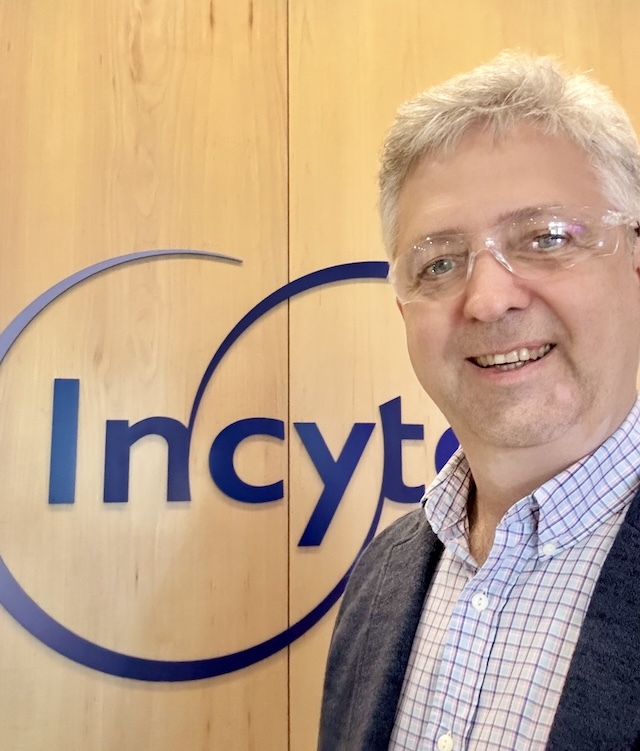
– Yan Valle
Professor h.c., CEO VR Foundation | Author A No-Nonsense Guide To Vitiligo
P.S. For security reasons, no photos were allowed beyond the lobby. To give you a sense of the atmosphere, I've included some stock images from Incyte's lab. But the real story of today lives in the conversations we had and the bridges we built.
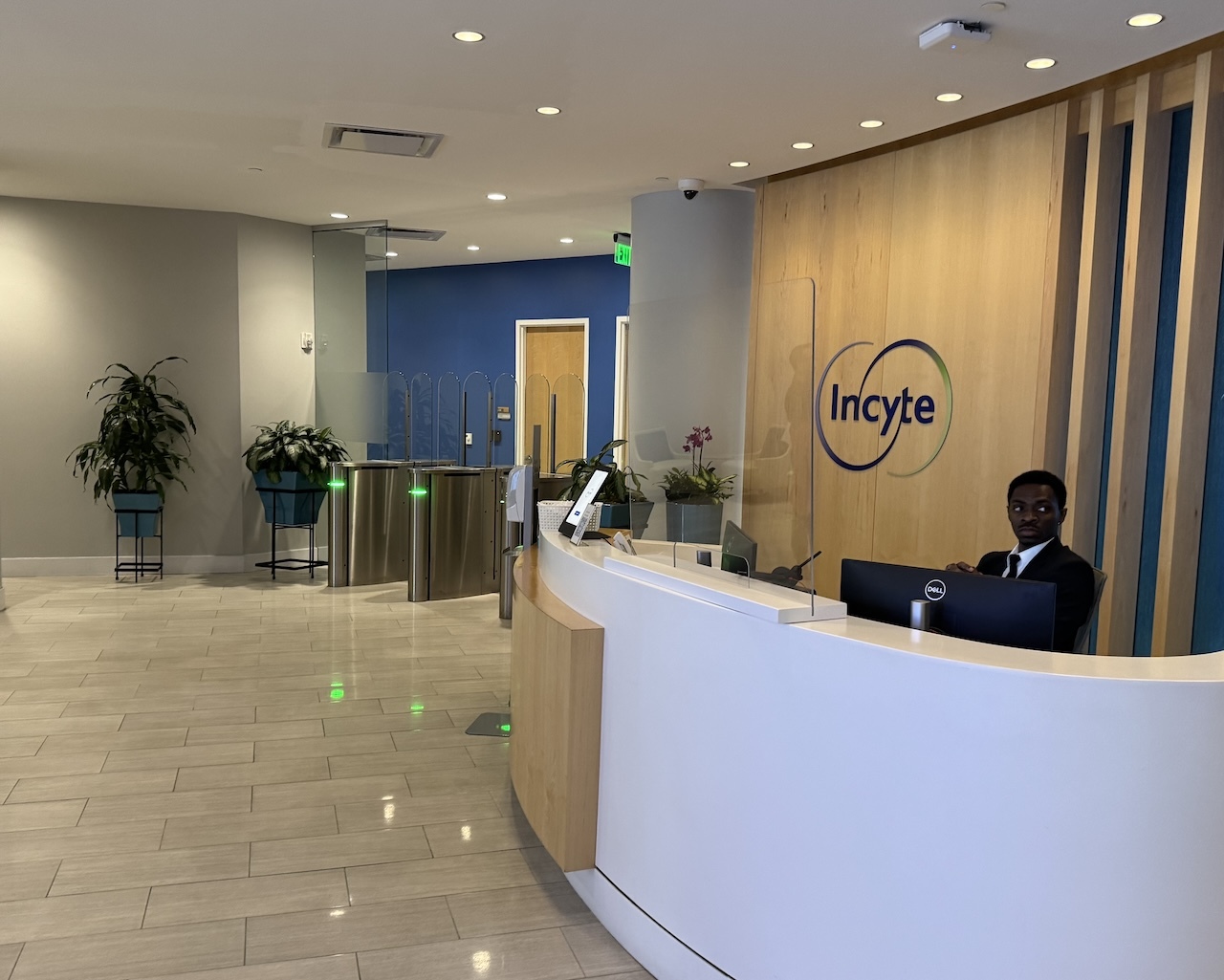
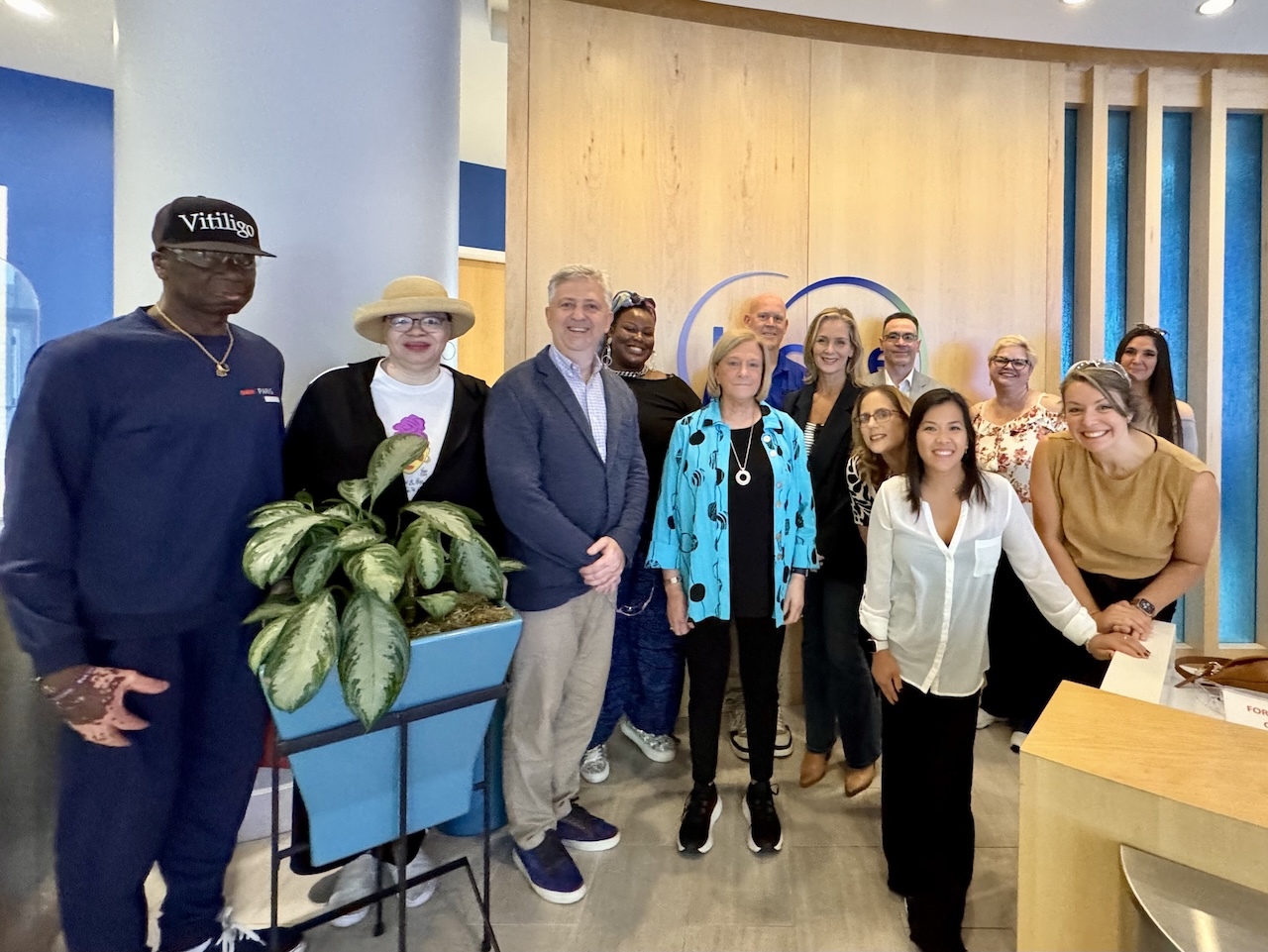
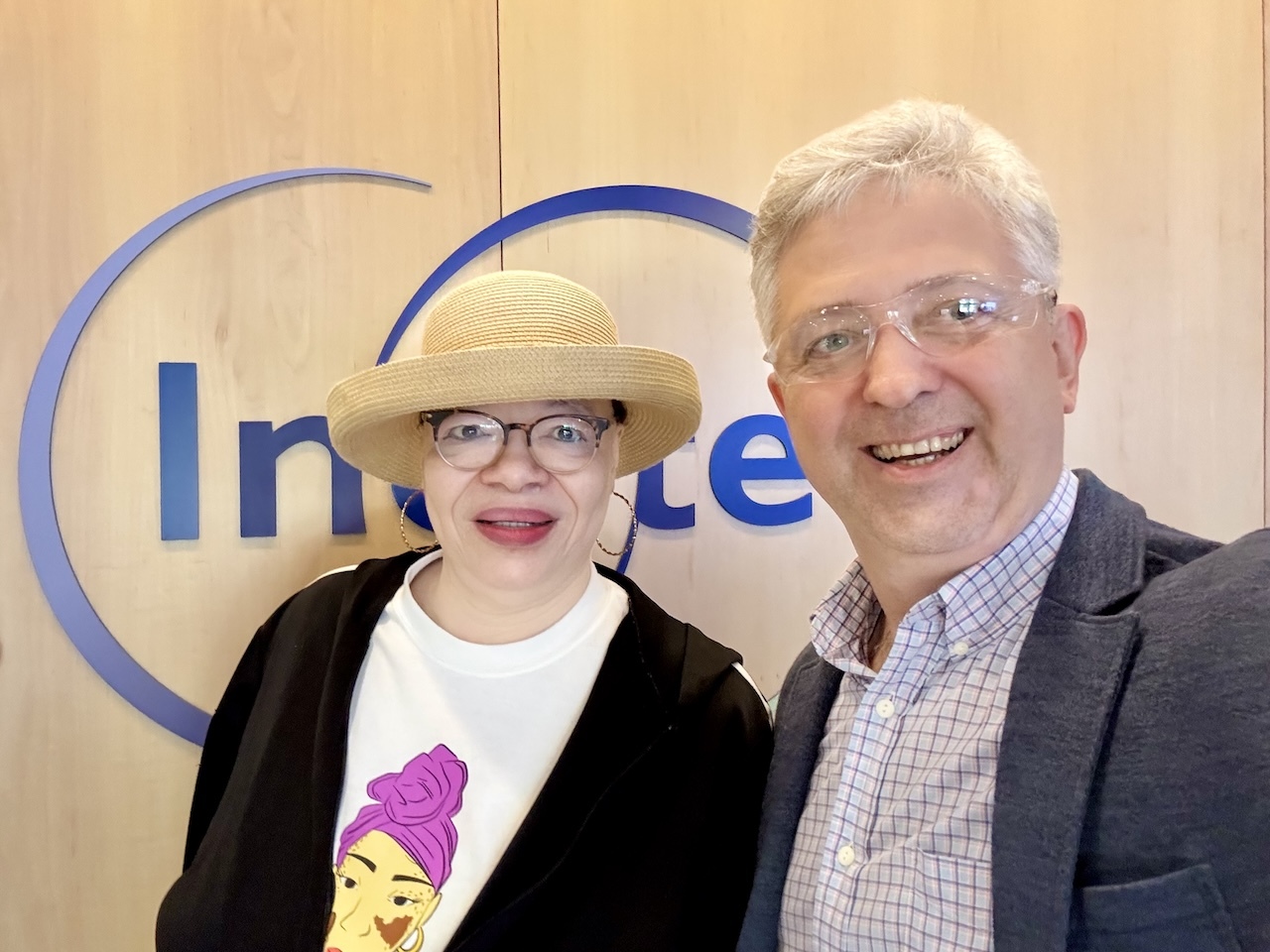
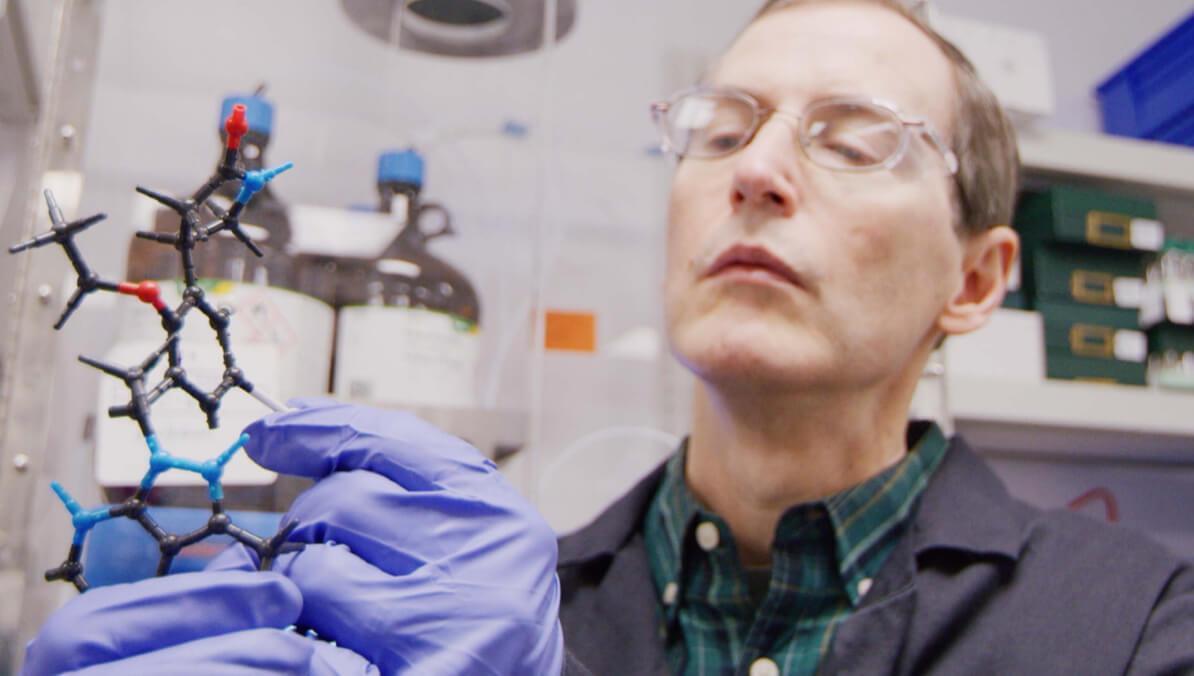
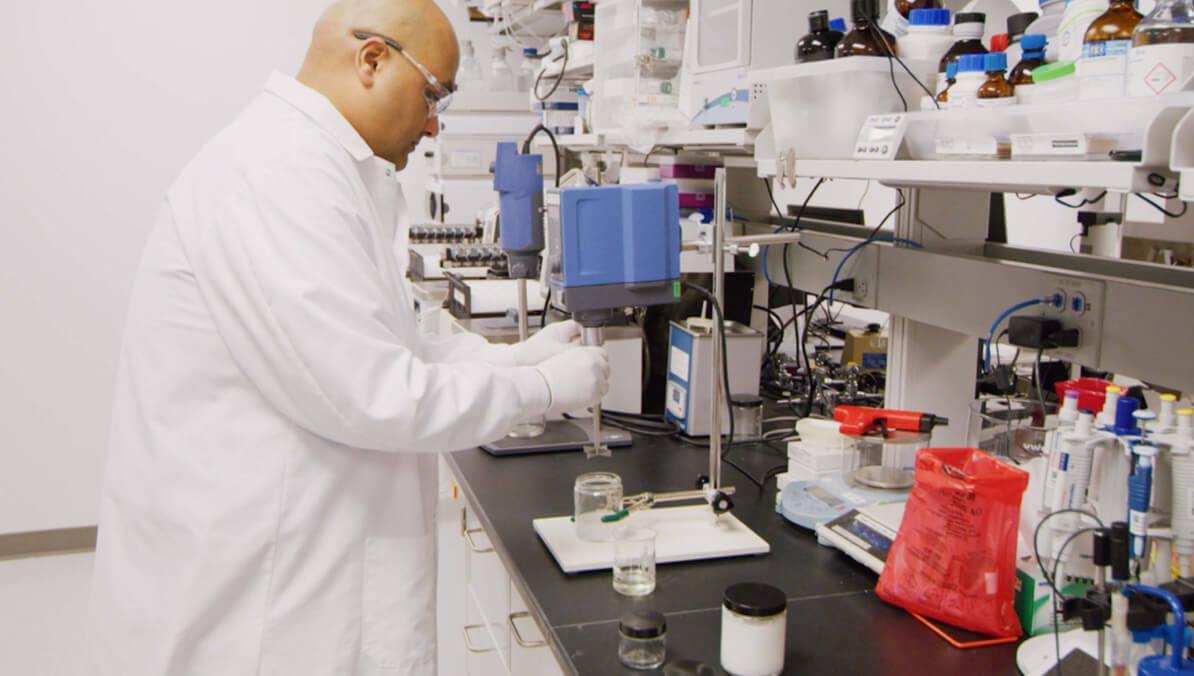
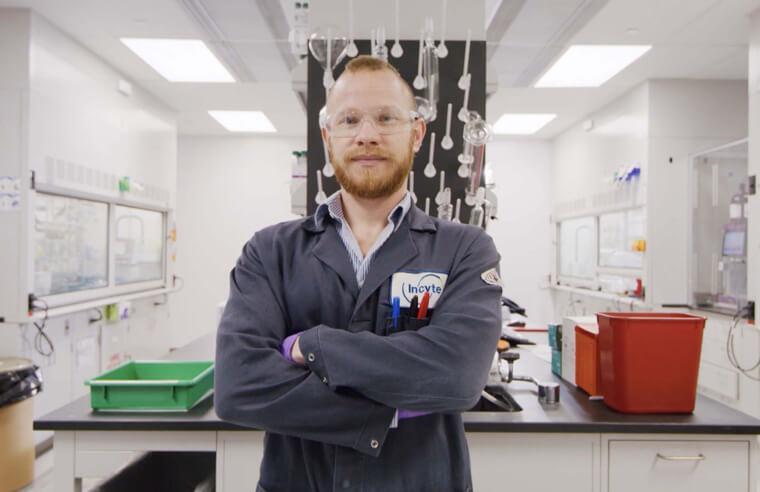
Suggested reading:
- Patient Advocacy Summit Report. Day Two
- Not Just Another Cream: Incyte’s Vitiligo Support Story
- 📌 Vitiligo Drug Pipeline Analysis and Market Insights
- Clinical Trials: An Important Step in Drug Development
FAQOther Questions
- What are risks of oral and topical corticosteroids?
Corticosteroid drugs (like hydrocortisone, and others) are often used for treating vitiligo. By mimicing the effects of hormones your body produces naturally in your adrenal gla...
- Is there a link between vitiligo and depression?
Depression and anxiety are often linked with vitiligo, significantly impacting a person’s quality of life. The connection stems from the shared origin of the skin and brain duri...
- What is vitiligo?
Vitiligo (pronounced vit-ill-EYE-go) is a generally unpredictable skin disease that causes a gradual loss of skin color and overlying hair on different parts of the body. Cont...
Though it is not always easy to treat vitiligo, there is much to be gained by clearly understanding the diagnosis, the future implications, treatment options and their outcomes.
Many people deal with vitiligo while remaining in the public eye, maintaining a positive outlook, and having a successful career.
Copyright (C) Bodolóczki JúliaBy taking a little time to fill in the anonymous questionnaire, you can help researchers better understand and fight vitiligo.
